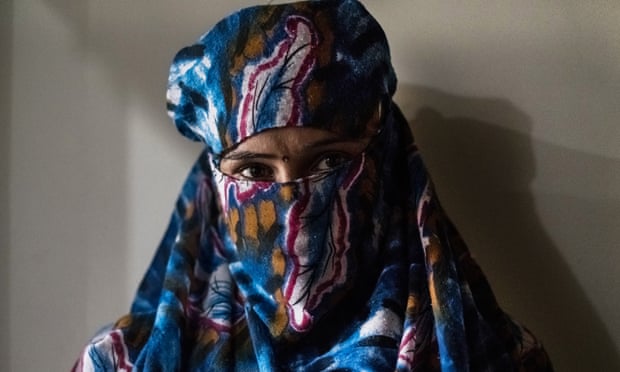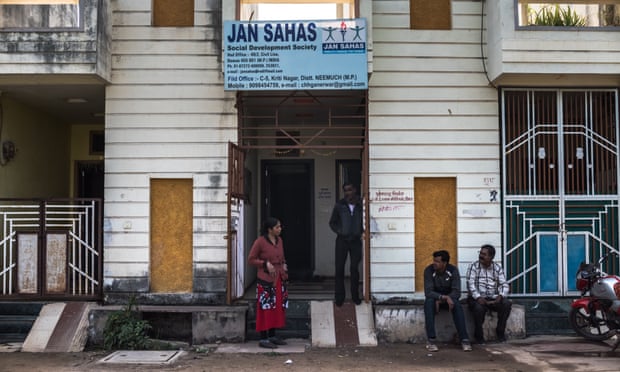- UID
- 20
- Online time
- Hours
- Posts
- Reg time
- 24-8-2017
- Last login
- 1-1-1970
|
Poverty and caste discrimination mean that children in Sagar Gram are being groomed by their own families for abuse.

Indian advocacy group Jan Sahas believes there are an estimated 100,000 women and girls in caste and gender slavery. Photograph: Rebecca Conway
▼ Many families in Indiastill mourn the birth of a girl. But when Leena was born, people celebrated.
Sagar Gram, her village in central India, is unique that way. Girls outnumber boys. When a woman marries, it is the groom’s family that pays the dowry. Women are Sagar Gram’s breadwinners. When they are deemed old enough, perhaps at the age of 11, most are expected to start doing sex work.
India officially abolished caste discrimination almost 70 years ago. But millennia of tradition is not easily erased. For most Indians, caste still has a defining influence on who they marry and what they eat. It also traps millions in abusive work. The exploited and trafficked children of Sagar Gram, and dozens of other villages across India’s hinterland, are one of its most disturbing manifestations.
“It is caste and gender slavery,” says Ashif Shaikh of Jan Sahas, an advocacy group that works with members of India’s lowest castes, communities that used to be called “untouchables”.
“We estimate there are 100,000 women and girls in this situation. But there are likely more we haven’t identified. It’s an invisible issue.”
Girls in Sagar Gram grow up hearing a story. Sometime in the misty past of Hindu myth, a king fell in love with a dancer. His enraged queen issued the woman with a challenge: if she could walk a tightrope across a river, she could join the royal family, and permanently raise the status of her caste.
As the woman neared the opposite bank of the river, a step from success, the queen suddenly cut the rope. “Up until now, we lured your men through dancing,” the woman told the queen. “From now on, we will take your men from you with our bodies.”

Workers outside the office of advocacy group Jan Sahas in Dewas. Photograph: Rebecca Conway
Leena, 22, remembers learning about the woman. She remembers the awe she felt when the older girls from her caste, the Bacchara, suddenly had enough money for makeup and nice clothing. She remembers what the adults in her village told her when she was 15, and her family was having money problems.
“Your parents are going through such a hard time,” they told her. “How can you go to school? You need to be working.”
That was when she started. “The rest of the girls in my village were doing it, so I felt like I had to do it as well,” she says. “It was my responsibility.”
Girls in Sagar Gram, which lies next to a highway, are groomed for this life virtually from birth. Parents decide which of their daughters will fetch the best price. Older girls teach them how to attract customers from passing trucks and cars. The younger ones sometimes stow under beds, observing the others at work.
Sex was nonetheless a mystery to Leena. “When I was young, the most important thing was seeing the money the customer was offering,” she says. (▪ ▪ ▪)
► Please, read the full article here: Source |
|